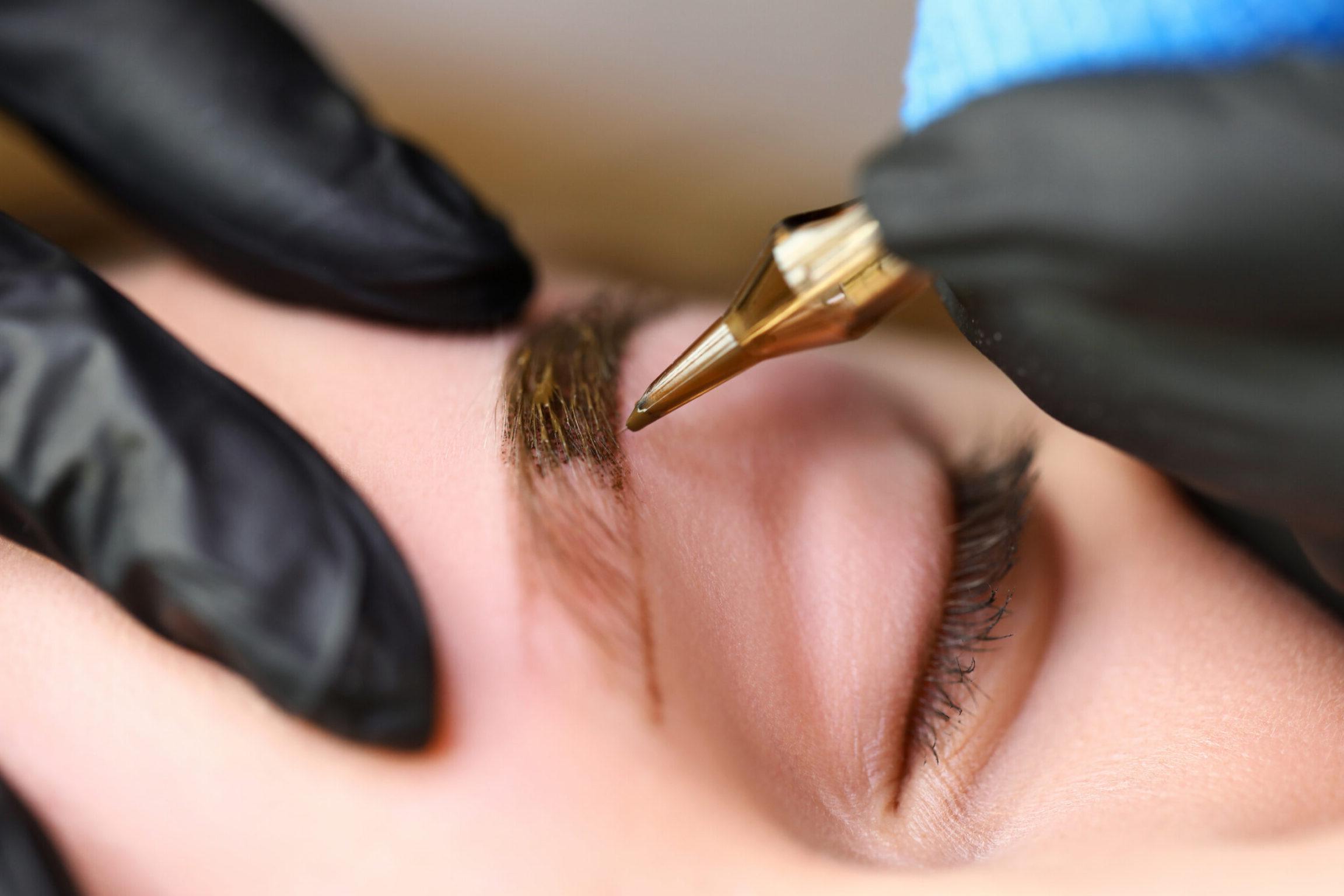Breast Augmentation Risks
The Common & Uncommon Complications Associated With Breast Augmentation Surgery
No surgical operation is without risk. While breast augmentation risks are low and complications are rare, they are real and should be discussed with your board-certified plastic surgeon in advance.

The Inherent Risk Of Infection
Bleeding and infection are complications intrinsic to any surgical procedure, and the risk is less than 3% in breast augmentation. Dr. Donaldson and Dr. Sieffert almost always avoid both through meticulous surgical techniques, but it still may happen. Infection is usually prevented with antibiotics but could lead to implant removal in extreme cases.
Minor bleeding may be simply monitored, or released if necessary. Major bleeding could require a second operation.
Breast Asymmetry After Augmentation
Measurable breast asymmetry is present in the vast majority of adult women, and this will likely persist even after augmentation. This is due to a number of factors including:
- Anatomy and genetics
- Surgical technique
- Implant size/shape/texture
- Post-operative activity levels
- The natural healing process
Massage and displacement exercises will often improve symmetry, but if the difference is too obvious, then a revision may be considered.
Capsular Contracture After Surgery
Capsular contracture is a scar tissue phenomenon in which the body interprets the implant like a splinter and attempts to surround it with a thick, firm capsule. The risk is decreased with modern implant materials and skilled techniques, but it still exists. Treatment may include a second operation to relax or remove the capsule.
Variations In Nipple Sensation
Nipple sensation may increase, decrease, become entirely numb or fluctuate – but most commonly, it returns to normal after several months.
Breastfeeding After Breast Augmentation Surgery
Breastfeeding is a challenge for many young mothers, but breast augmentation can make it even more difficult. Implants are likely to cause more back-pressure on the milk glands and ducts, which limits milk production and prevents full engorgement. Infants with augmented mothers can usually suckle and bond, but they often require supplements with synthetic formula to achieve full nutrition.
Why Some People Have Breast Implant Revisions
Breast implants are very durable, but additional operations may be necessary over the course of a lifetime. The most common reason for reoperation is to increase size. Other reasons include changes in shape or position, the desire for subsequent lifting, or the desire to downsize later in life. If you experience deflation, rippling, shifting or other side effects, you may need to replace your breast implants. It’s important to follow up with your surgeon if you suspect a problem or dislike something about the look or feel.

We Are Here To Help You Make A Well-Informed Decision
Although they are rare, it’s important that you educate yourself on all of the possible risks of surgery. Dr. Donaldson or Dr. Sieffert can explain the extensive measures that are taken to prevent these issues, and we can share various approaches should they arise.
Do you have additional questions about the risks associated with breast augmentation surgery?

About The Author
Jeffery Donaldson, MD is one of the nation’s most esteemed breast augmentation surgeons. He remains at the forefront of advanced techniques and uses his profound expertise to minimize any potential risk associated with any surgery he performs.
Related Articles

Read More Perfect Procedure Pairings
Perfect Procedure Pairings
Discover the best plastic surgery combinations & most popular aesthetic treatment pairings designed to help you achieve your unique goals.

Read More Myths Busted: Plastic Surgery
Myths Busted: Plastic Surgery
Board-certified experts debunk prevalent plastic surgery myths with scientifically sound information to foster a better understanding of what actually happens in the operating room.

Read More How Can I Improve My Jawline?
How Can I Improve My Jawline?
A strong jaw has become a symbol of masculinity, which has caused more men to seek surgical, nonsurgical and even exercise options to improve the appearance of their jawline.













